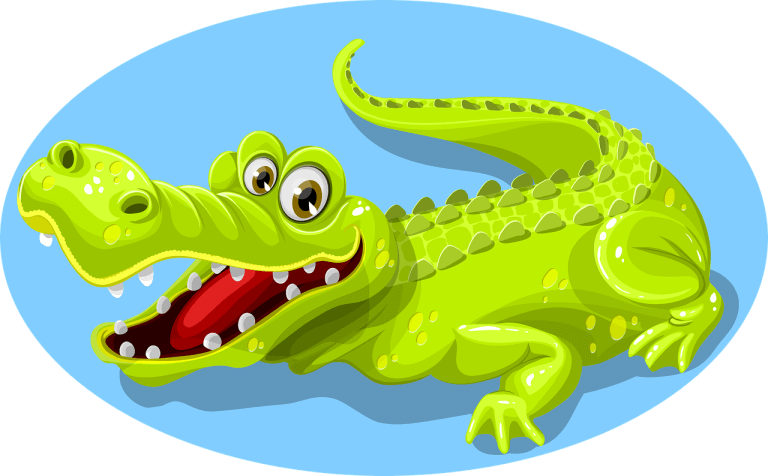
Everything you need to know about baby teeth (primary teeth)
Baby teeth, what a cute name for primary teeth.
When does a baby first develop their primary teeth?
The truth is that this occurs already during the embryonic stage of development. Our teeth start by growing in our gums and at the age of approximately 6 months those deciduous teeth erupt.
Baby teeth can erupt anytime from 3 months to 1 year.
Can an infant be born with primary teeth?
This is very rare but exists. It happens every 1 in 2000 livebirths.
Additionally, sometimes infants get their baby teeth already in their first month of life.
These conditions can occur randomly and not have a known cause or they can occur concurrently with other structural disorders and medical syndromes.
What is the normal pattern of tooth eruption?
Usually, the first teeth to erupt are the front teeth in the lower jaw followed by the front teeth in the upper jaw.
This pattern of eruption repeats with the secondary teeth eruption as well: the lower teeth erupt slightly before the upper teeth.
And when do molars erupt? Around the age of 1 and a half years.
Keep in mind that the timing of eruption may differ between children, so don’t expect things to happen at a specific time.
How many primary teeth do children have?
By the age of 3 years, most children will have at least 20 baby teeth.
Why do we lose our primary teeth?
Our primary teeth are adequate for the first stage of our lives but are not strong enough or permanent enough to last our entire adult life. That is why our baby teeth fall out and are replaced by our adult teeth.
When do our baby teeth fall out?
This happens around the age of 5-6 years.
It is interesting that this process of replacement of teeth depends on the secondary teeth that are present beneath our primary teeth.
What I’m trying to say is that our permanent teeth absorb the roots of the primary teeth found above them, and this causes the baby tooth to wobble and fall out.
What is the pattern of tooth loss?
Usually, the first teeth to fall out are the bottom front teeth followed by the teeth to each of their side. The top front teeth fall out next.
How many of our baby teeth fall out eventually?
They are all supposed to fall out and be replaced by adult teeth.
What happens if some of the baby teeth don’t fall out or some adult teeth erupt prior to the loss of baby teeth?
Such situations require an assessment by a pediatric dentist who will check to see whether further investigation or intervention is required.
Can there be a hole in a baby tooth and if so, how can it be treated?
Similarly to adult teeth, baby teeth can have cavities which could lead to holes in the tooth and significant pain and discomfort. Therefore, it is very important for children to brush their teeth twice a day using a toothpaste containing fluoride, and to care for their baby teeth as they would for their adult teeth. Keep in mind that cavities that are not managed can lead to pain, chewing problems, may spread to affect other teeth and may cause inflammation and infection.
You can read more about how to brush your children’s teeth in the link here.
When should my child have their first visit to the dentist?
As mentioned in the post on this website that discusses the eruption of teeth in children, the current worldwide guidelines recommend a child have their first visit to a dentist at the age of 1 year.
So, despite the fact that baby teeth are temporary, it is still important to care for them and have them checked regularly by a dentist, starting an early stage in life.
In summary, having a pediatric dentist with a good approach to children, is a blessing. Seek to see the best dentist out there for your child, and by doing so provide them with the best oral health for many years to come.
For comments and questions, please register
